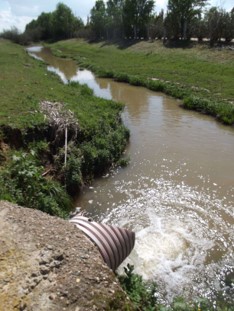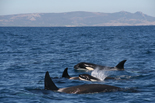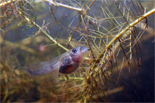
Welcome
Welcome to the official website of the Doñana Biological Station (EBD-CSIC)...

The Doñana Biological Station: EBD-CSIC
The Doñana Biological Station is a public Research Institute belonging to the Spanish Council for Scientific Research CSIC in the area of Natural Resources...

Mission
Our fundamental mission is to carry out multidisciplinary research of the highest standard directed to understanding the way in which biodiversity is generated, maintained and deteriorates, as well as the consequences of its loss...

Our methods
We apply many techniques within a multidisciplinary framework, from molecular genetics to remote sensing, and from modelling to physiological and isotopic analyses...

Monitoring the environment
Monitoring biodiversity at the Doñana Natural Space cover a wide range of communities, including both terrestrial and aquatic organisms...

Aims
Our aims include the study of the ecological and evolutionary processes by combining field work, mathematical and statistical models and physiological and genetic analysis...
 Outstanding
Outstanding
-
 Nitrate pollution in surface waters of the Doñana catchment
Nitrate pollution in surface waters of the Doñana catchment -
 Parasites help brine shrimp cope with arsenic habitat contamination
Parasites help brine shrimp cope with arsenic habitat contamination -
 The killer whales of the Strait of Gibraltar are different
The killer whales of the Strait of Gibraltar are different -
 PCB pollution continues to impact populations of orcas and other dolphins in European waters
PCB pollution continues to impact populations of orcas and other dolphins in European waters -
 Low levels of chemical anthropogenic pollution may threaten amphibians by impairing predator recognition
Low levels of chemical anthropogenic pollution may threaten amphibians by impairing predator recognition

 Nitrate pollution in surface waters of the Doñana catchment
Nitrate pollution in surface waters of the Doñana catchment



